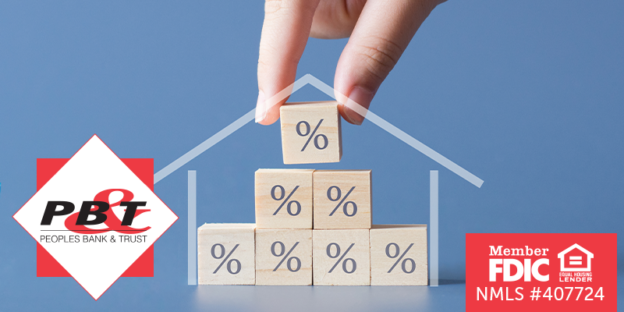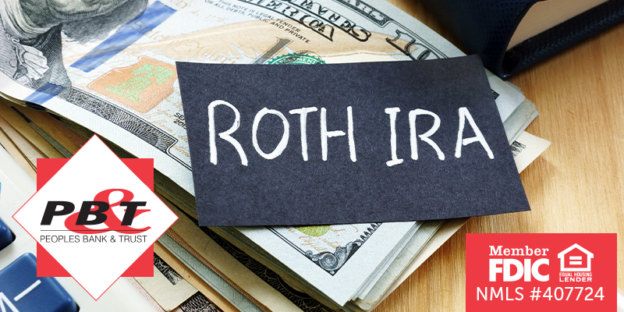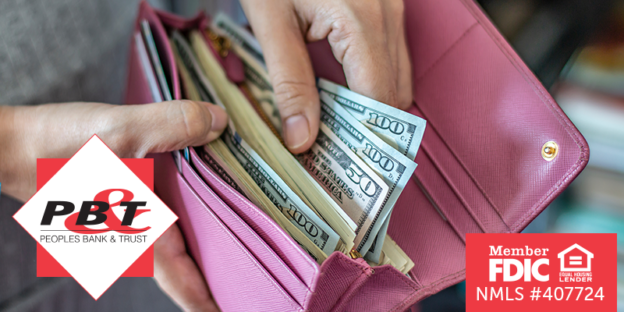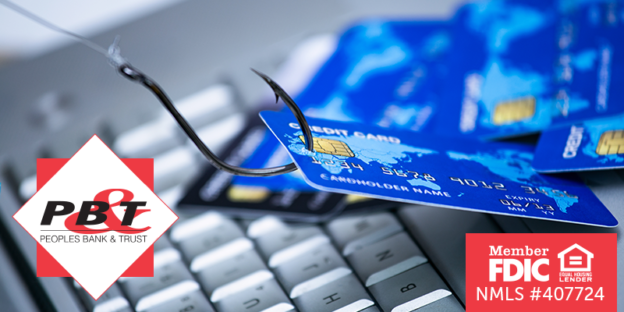It’s no secret house hunters have faced the grim reality of rising interest rates. Rising mortgage rates result in rising costs of buying a home. In this blog, we will outline how current interest rates are affecting mortgage loans, as well as outline the main differences between a fixed-rate mortgage and an adjustable-rate mortgage loan.
What is a Fixed-Rate Mortgage
A fixed-rate mortgage is a home loan in which the interest rate remains the same over the lifetime of the loan. Fixed-rate mortgages are the most popular form of mortgages in the U.S. Compared to ARMs, many find the initial introductory rate on an ARM may be lower than those on a fixed-rate mortgage, but with an ARM you may find it to be more expensive over the life of the loan. The two most prevalent types of fixed-rate mortgages are the 15-year fixed-rate mortgage, where the loan lasts 15 years or the 30-year fixed-rate mortgage, where the loan is paid off after 30 years.
What is an Adjustable-Rate Mortgage (ARM)
An adjustable-rate mortgage or ARM is a home loan where, like the name, the interest rate can change over time. An ARM differs from a fixed rate mortgage where the rate stays the same for the life of the loan. The interest rate on an ARM is fixed for an initial period where it will not change. When the fixed period ends, the rate will fluctuate with limits based on the current market rates. A true ARM will have a fixed interest rate for just one year.
Common Types of Adjustable-Rate Mortgages
- 1-year ARM: The initial rate is fixed for 1 year, after which the rate can be adjusted once a year.
- 3/1 hybrid ARM: The initial rate is fixed for the first 3 years, after which the rate can be adjusted once a year.
- 5/1 hybrid ARM: The initial rate is fixed for 5 years, after which the rate can be adjusted once a year.
How Interest Rates Affect Your Monthly Mortgage Payment
Your mortgage interest rate is very important to understand when utilizing a mortgage loan as it directly impacts your monthly payment, as well as your loan’s total cost over the life span of the loan. Dependent on the interest rate and your loan term, your monthly payment could be more than you expected to be spending. A 1.5% percentage point jump may not seem like a whole lot. Keep reading as we walk you through some examples.
Fixed-Rate Mortgage Loan Example:
For example, if you have a 30-year fixed loan at the amount of $300,000 with 3.5% interest, your monthly payment will be $1,347.00. Keeping the loan and interest amounts the same but with a 15-year fixed loan term, your monthly payment would be $2,145.00.
If the interest rate were to be 5% on a $300,000 30-year fixed loan, your monthly payment would be $1,610.00. With a 15-year fixed loan your monthly payment would be $2,372.00.
Adjustable-Rate Mortgage Loan Example:
If you were to get a 5/1 ARM on a $250,000 loan amount, with an initial interest rate of 3.5% and with 2/2/5 caps your initial payment would be $1,122.61. Compared to a fixed rate, for the first five years you’d be saving $70.93 per month. In the sixth year, your ARM interest rate will rise to $1,377.05. In the seventh year, with a 7.5% interest rate your payment would be $1,648.71. Finally if the rates continue to rise your eighth year could be $1,788.81.
As you can see from the examples above it is very important to look at your options when choosing to buy a house utilizing a mortgage loan. High interests’ rates can make a home you’d think you could typically afford out of your budget due to extra costs tacked on through your interest rate. As you can see it is also extremely important to go through your loan term options. The loan you choose to go with can make or break you home buying situation. If you have questions about our loan options, visit our website or stop in to speak with one of our experience local mortgage lenders.
Peoples Bank & Trust Co.
Member FDIC
Equal Housing Lender
NMLS #407724











